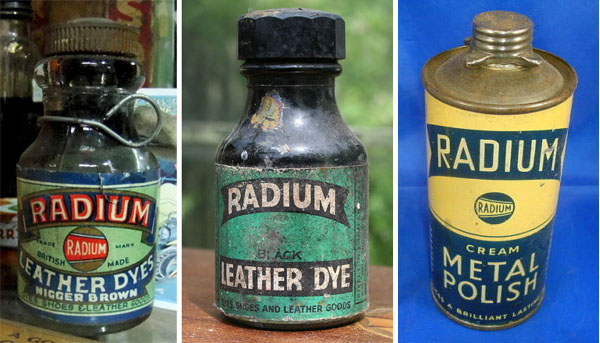

No physorg, sciencedaily, or other press release aggregator spam!
#Radium paint license#
If a caption or explanation is included this helps, but please use your discretion.īefore asking about chemical drawing/illustration programs, look at your school's IT/software website and see if they provide an institutional license of ChemDraw (hint: if they have a chemistry department, they will) Likewise, simple pictures of uninteresting and garden variety chemistry-related things are not appreciated. No memes, rage comics, image macros, reaction gifs, or other "zero-content" material. However, academic discussions on pharmaceutical chemistry and the science of explosives are permitted. If you are looking to buy a glow-in-the-dark painting in the standard size, the starting price is ₹5k and above and radium painting is ₹4.5k and above.Rules: Violating a rule will result in a ban.Īsk homework, exam, lab, and other undergraduate-level questions at ChemicalForums otherwise it will be deleted.ĭiscussions on illicit drug synthesis, bomb making, and other illegal activities are not allowed and will lead to a ban. The price range differs with size, type of canvas, frames and paints used. On the other hand, radium paintings are hazardous and toxic and after a certain amount of time, they begin losing luminosity (glow) due to gradual radiation emissions.

The major difference between both the kinds of paintings is the glow mechanism i.e., radium paintings glow on their own whereas glow-in-the-dark paintings need a light source to shine in the dark!Ĭoming to durability, glow-in-the-dark paintings get a clear-cut win as they have a sustained glow (12 hours in the dark) and validity of 50+ years! They can be made waterproof, fireproof and long-lasting. Differences Between Glow Art and Radium Paintings They are not hazardous and toxic like radium paintings. Phosphor forms the core substance which absorbs ultraviolet (UV) radiations from the Sun and emits them which gives the painting a pale green to greenish-blue glow that sustains for more than 12 hours after exposure to light. The mechanism behind glow-in-the-dark paintings is a really interesting one! Read more – Most Durable and Waterproof paints to use in Art Painting Glow-In-The-Dark Paintings

The search for alternatives to radium painting ended with the discovery of glow-in-the-dark paintings! The radiations emitted by it were harmful which made people abandon them and look for better alternatives. Why radium is something that invokes curiosity in everyone! Radium is self-luminous i.e, it glows even in the dark and hence, it was used in paintings but had a radioactive nature. These came into existence in 1908 due to the efforts of Sabin Arnold von Sochocky, who invented radioluminescent paint that used radium as the base material. Let’s discover their origin in our culture and heritage-rich world! Radium Paintingsīefore glow-in-the-dark paintings gained popularity, the usual norm were radium paintings. You must be wondering what they are and what’s the difference between them, aren’t you? The most innovative of them were glow-in-the-dark paintings and radium paintings. They remind us of the past, marvel us in the present and immortalize us in the future! From spray painting to digital painting, there have been a myriad of trends in the painting field over the years. Paintings are the best reflections of reality.


 0 kommentar(er)
0 kommentar(er)
